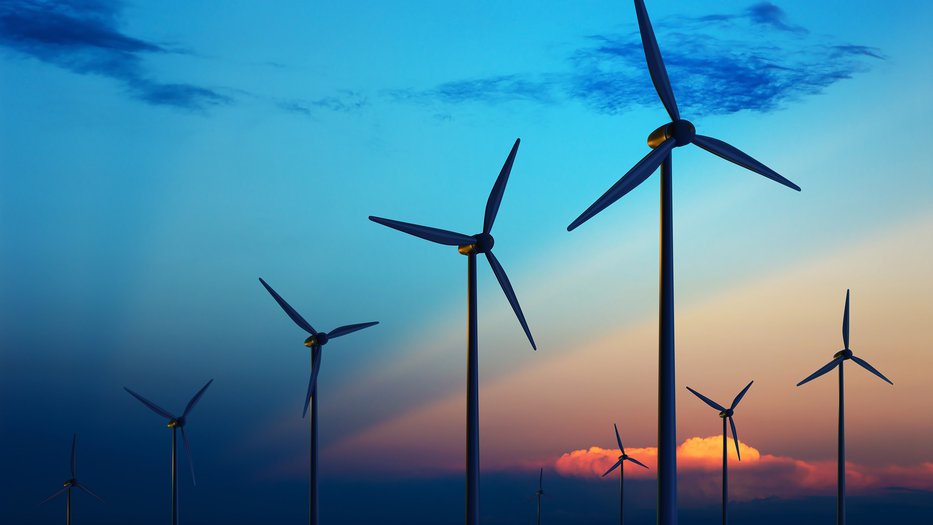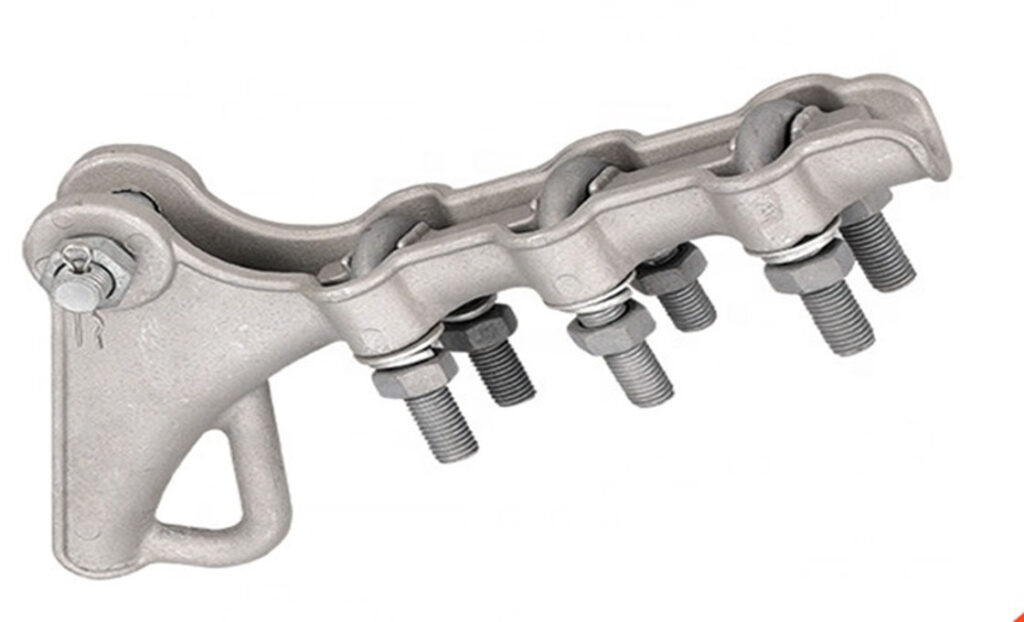
Colombia has been affected by prolonged drought and low water levels that impact hydropower production. The government has set up measures that help to diversify the energy mix to meet the growing demand. This has provided opportunities for the growth in wind farm development to meet this growing need for energy. Wind farms provide an opportunity to diversify the energy mix and reduce dependence on hydropower. Wind energy potential is mainly concentrated in the northern region, such as La Guajira and the Caribbean coast. The regions have created hubs for wind energy development in Colombia. This is through large-scale wind farms that contribute to the country’s renewable energy capacity. Tension clamps help to adjust the tension in the conductors and ensure proper alignment in wind energy infrastructure.
The tension clamps are able to hold and secure power conductors under tension and maintain the integrity of the lines. They do this to withstand environmental and mechanical stresses in Colombia. High-quality tension clamps help to adjust and maintain the tension in the power cables that connect the turbines to the electrical grid. This helps to ensure the safe and efficient operation of wind turbines in wind farms. Common types of clamps used in Colombia’s energy sector include dead-end clamps, bolted, wedged, and suspension clamps. In Colombia, tension clamps are able to hold and secure cables that transmit electricity. Understand the use of tension clamps, wind turbines, and farms in enhancing Colombia’s energy sector.
Functions of tension clamps in the wind energy sector

- Securing conductors under tension – tension clamps hold high-voltage transmission lines between wind turbines and the grid. They function at the end of a transmission span to anchor the conductor and maintain the correct tension in the lines. Tension clamps prevent the conductor from sagging, which could result in power loss, reduced efficiency, or potential hazards.
- Load distribution – tension clamps have designs to distribute the mechanical load along the conductor. Tension clamps protect the conductor from mechanical fatigue due to factors like wind, temperature changes, and vibrations.
- Environmental resistance – wind farms in remote areas are exposed to harsh environmental conditions like high winds, rain, and temperature changes. The clamps are from corrosion-resistant materials that ensure they maintain a strong grip on the conductor. The clamps must also withstand mechanical forces such as wind loads on the transmission lines.
Challenges facing development of wind farms in Colombia
The development of wind farms in Colombia promises energy diversity, reliability, independence, and security. The government may also encourage the development through policies, incentives, and encouraging investments in the sector. However, there are several challenges that hinder this development. These challenges stem from technical, environmental, social, and regulatory issues. Areas like La Guajira, have great potential for wind energy production to meet the growing energy demands. These challenges include:

- Infrastructure limitation – the country does not have well-developed electricity grid infrastructure. The lack of transmission lines to connect to remote wind farms to the national grid makes it difficult to transport electricity from wind farms.
- Geographical and environmental challenges – the La Guajira region has high wind potential but has harsh environmental conditions. This includes high temperatures, dust, and strong winds, which can increase wear and tear.
- Indigenous land rights – many regions are inhabited by indigenous communities. Development of wind farms in these areas can lead to conflicts over land use and resource ownership.
Role of international investments in Colombia’s wind energy development
International investments in Colombia’s energy development play a crucial role in shaping the energy sector. The investments help to reduce reliance on hydropower, foreign investments and provide the financial backing and technical expertise needed for the development. Tension clamps provide the mechanical support needed to keep high-voltage transmission lines in place. At TTF Power Systems, we are your go-to source for utility pole hardware, transmission line accessories, and power line construction equipment. Offering the widest selection in the industry, we deliver top-quality products, unbeatable value, and expert customer support. The following is the impact of international investments in Colombia’s energy sector.

- Wind energy development – the investments provide the capital for turbine installation, transmission infrastructure, and grid integration. The investments can fund the development of large-scale wind farms in La Guajira.
- Technical expertise and innovation – foreign investments provide the technical experience needed to develop and operate the wind farms. This creates job opportunities in engineering, management, and maintenance.
- Infrastructure development – investments in wind energy include the construction, development, and improvement of transmission infrastructure. For instance, the La Guajira project provides investments for building roads, transmission lines, and substations.
